The Santiniketan Murals
Santiniketan holds a unique position in the cultural history of India, as the embodiment of a concept and an ideal which was part of what is largely regarded as a cultural renaissance in the early part of the century. The cultural leaders and artists who committed themselves to Santiniketan felt a need to view all the arts and crafts as a single connected panorama in order to revitalize the roots of their traditions. They wanted to see art as part of daily life, not just in museums, picture galleries or the audience halls of the affluent. They also wanted to keep alive the priceless methods and techniques that had contributed to forming the distinct personality of the country's age-old visual tradition of murals. As a result they turned Santiniketan into a rich open air museum of modern Indian art with several in situ murals, some of which are landmarks of Indian art history. This monograph is an effort to bring these murals before a wider public and to describe their background. It contains a general survey of the murals, detailed descriptions of the major works and their historical background, and brief discussions on techniques and themes. It has reproductions in black and white and colour, a catalogue of works, and a bibliography. Altogether it promises to be a useful source book on the early efforts in Santiniketan to relate art to architecture and environment, focusing especially on the pioneering works by Nandalal Bose and Benodebehari Mukherjee. It also presents the few murals.
Get it now and save 10%
BECOME A MEMBER

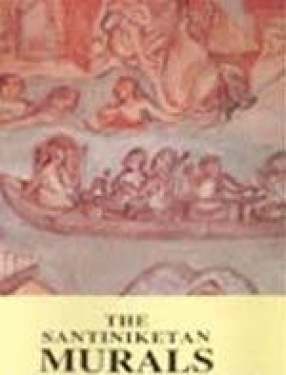
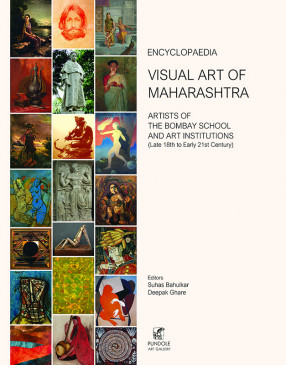
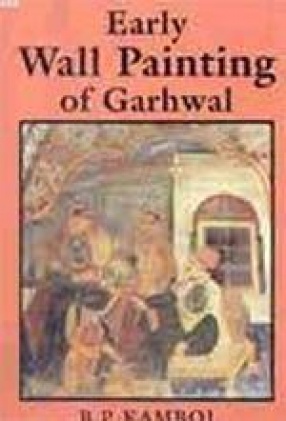
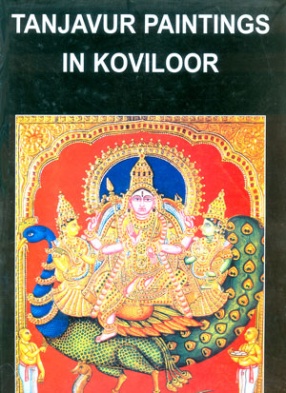
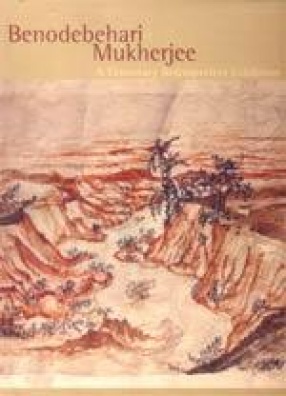

Bibliographic information